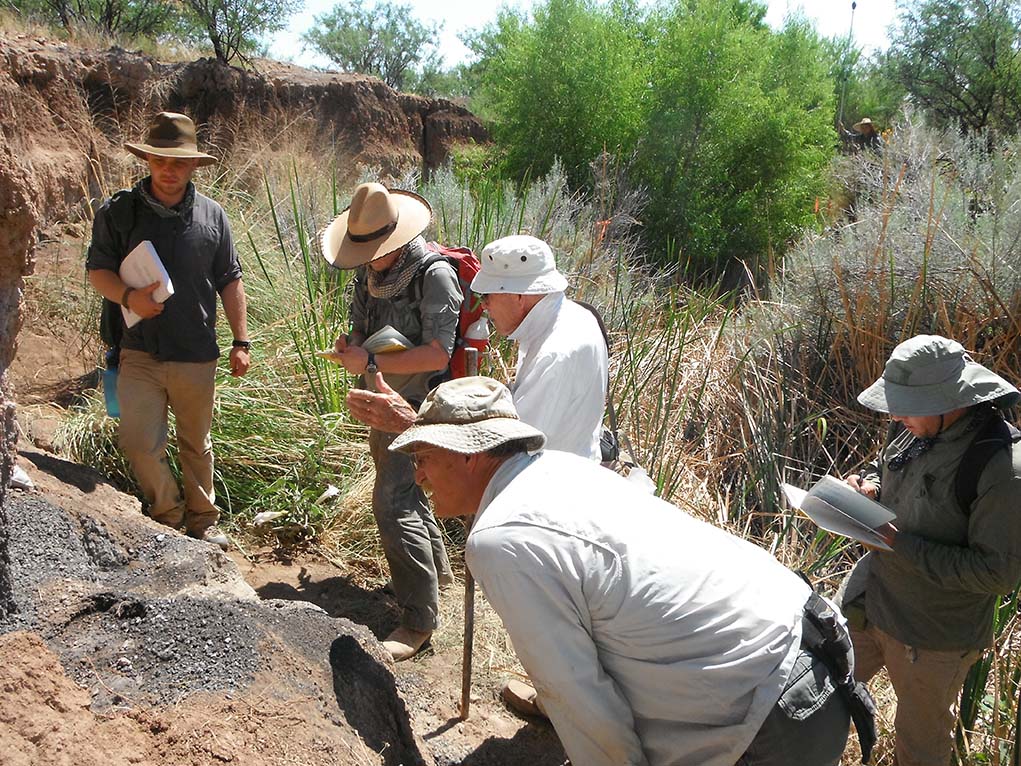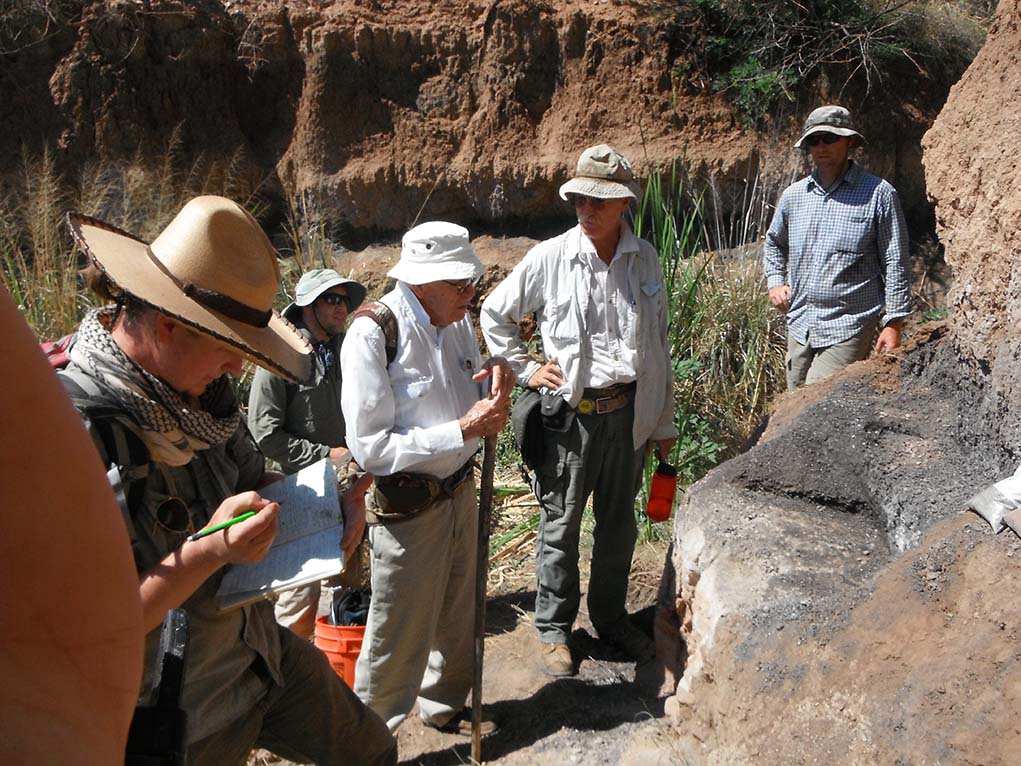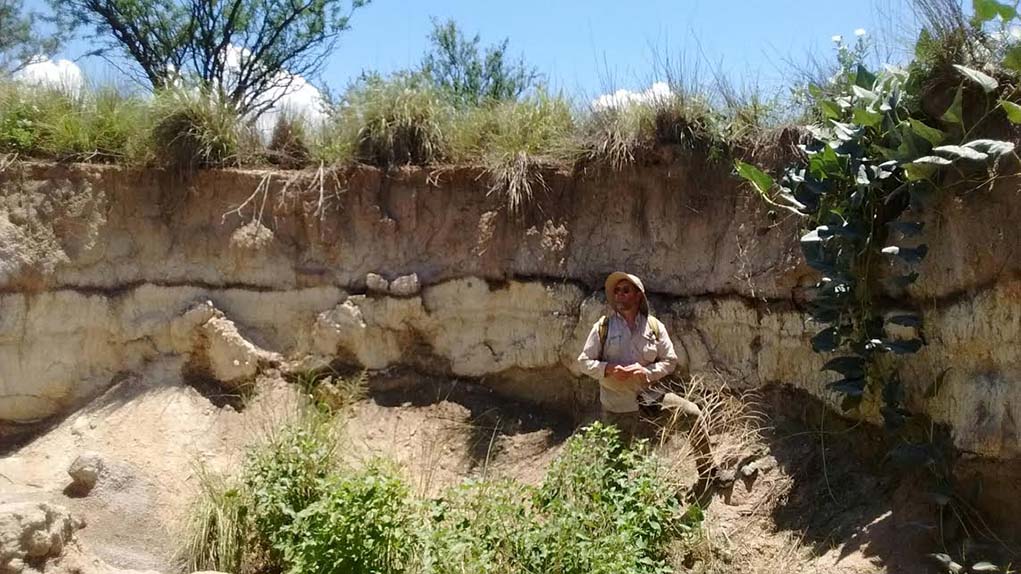Jesse Ballenger, Ph.D., presents Mammoth Hunters, Water Tables, and the Demise of the Murray Springs National Historic Landmark as a Record of Human Colonization, Climate Change, and Extinctions in the American Southwest. The Murray Springs Clovis site was excavated over multiple seasons in the late 1960s and early 1970s under the direction of Dr. C. Vance Haynes, Jr. At that time, it was a prime example of mass extinction, the human colonization of North America, and the cyclical nature of wetlands and arroyos in the American Southwest. Years later and despite its importance as a world-class landmark of human and environmental events, it became the receiving end of groundwater injections intended to protect the San Pedro Rover as a viable stream. This talk reviews the amazing record of the site as well as the trade-off between water conservation and national heritage. Murray Springs is located in southeastern Arizona near the San Pedro River and the site is unique for the massive quantity of large megafauna (i.e. mastodons, mammoths, giant sloths, bison, and saber-toothed cats) processing and extensive Clovis tool making.


The general public may attend an Arizona Archaeology Society – Desert Foothills Chapter meeting at no charge, except for the member-only holiday party in December. The AAS-DFC meetings are held on the second Wednesday of each month, September through May. There are refreshments available at 7 p.m. and the meeting begins at 7:30 p.m., usually ending prior to 9 p.m. The meetings are held in the community building (Maitland Hall) at The Good Shepherd of the Hills Episcopal Church, 6502 East Cave Creek Road in Cave Creek. Visit www.azarchsoc.org/desertfoothills





